
“Skirted Soldiers:” The Women’s Army Auxiliary Corps
The purpose of The Compass Rose is to raise awareness of Special Collections' resources and to foster the use of these resources. The blog series also reports significant new programs, initiatives, and acquisitions of Special Collections.
We are kicking off Women’s History Month by celebrating the Women’s Army Auxiliary Corps (WAAC). Before 1941, the idea of women serving in the United States Army in an official capacity was often dismissed. This changed after the attack on Pearl Harbor on December 7, 1941.
In early 1941 Congresswoman Edith Nourse Rogers, the first woman elected to Congress from Massachusetts, introduced a bill that would create the WAAC. The bill was intended to establish noncombat clerical positions for 25,000 women, but the focus on other aspects of the war and opposition to women serving in the Army caused it to fail (Morden 3). After the attack on Pearl Harbor and the official U.S. entrance into World War II, the demand for labor increased and women serving became a necessity (Permeswaran 97).
In January 1942 Congresswoman Rogers introduced another bill to establish the WAAC that created 150,000 noncombat positions intended for women. The second bill included giving women military status and veterans’ benefits (Morden 3). After considerable debate, on May 14, 1942 Congress passed the bill creating the WAAC. Women who enlisted were given necessities and paid for their work, but the women who served were not granted military ranks or veterans’ benefits. Instead, they were given auxiliary ranks. Women were also not allowed to serve overseas and their families could not collect life insurance if they were killed (Morden 5).
On May 16, 1942 Oveta Culp Hobby was sworn in as the first WAAC director (“Creation of the Women’s Army Corps”). Hobby was born on January 19, 1905 in Killeen, Texas. She held various positions before becoming the first WAAC director, including serving as legislative parliamentarian for the Texas House of Representatives, a clerk for the State Banking Commission, a clerk for the state legislature’s judiciary committee, and working for several political campaigns. She also owned the Houston Post with her husband, Governor William Pettus Hobby, where she worked as a book editor, assistant editor, and executive Vice President. In 1941 she was serving as the head of the Women’s Interest Section of the War Department Bureau of Public Relations when she was asked by General George Marshall to lead the WAAC program. She was essential to the program's success in its early years, especially when they received little to no support from the Army. After several years of service, she resigned in 1945 due to her husband's illness. She received the Distinguished Service Medal in 1945 for her service as the WAAC director. (Hobby)
Hobby prioritized recruiting drives and training centers to begin building up the number of WAAC recruits (“Creation of the Women’s Army Corps”). She spent time traveling and speaking to groups about enlisting women to help with the war effort (Hobby). Recruits arrived to the first WAAC Training Center in Fort Des Moines in Iowa on July 20, 1942. Thousands of women applied for the opportunity to fill 440 officer candidate positions. In the months following the creation of the WAACs, the Navy, Marine Corps, and Coast Guard established their own women’s branches. The Navy had the Women Accepted for Volunteer Emergency Service (WAVES), the Marine Corps had the Marine Corps Women’s Reserve, and the Coast Guard had the SPARS (from the Coast Guard motto “Semper Paratus,” meaning “Always Ready”) (Morden 10). Even with the rise of women in the military, many did not take the WAACs seriously. They were often referred to as “skirted soldiers” (Permeswaran 98).
Despite disapproval and mockery from some, the WAACs played a critical part in the war effort. In January 1943 Congresswoman Rogers introduced another bill that permitted the enlistment and commissioning of women in the United States Army. The bill was signed into law by Franklin D. Roosevelt on July 1, 1943 and the Women’s Army Auxiliary Corps was officially renamed the Women’s Army Corps (WAC). This new bill gave WACs the same military titles as men in the Army and gave them the same benefits, but it limited how high they could rise in the ranks (Morden 12).
Although the creation of the Women’s Army Auxiliary Corps, later the Women’s Army Corps, created a lot of opportunities for women serving in the armed service, these opportunities were not equal for all women. When recruitment first began many African American women were turned away because of their race. Out of the 440 women in the first class of officer candidates only 39 were Black (Chamberlin). The WAACs were the only branch to allow Black women to enlist from the beginning of the program, but they faced discrimination from the start (Chamberlin). The Army had a policy of racial segregation and African American WAACs had separate lodging and recreation areas and were in a separate company than their white counterparts. Black women who served in the WAAC/WAC were often assigned menial duties regardless of their experience and received disparate working conditions (Chamberlin). Despite the important role Black women played in World War II, their story is often overshadowed by the larger success of the WAC program. Over 6,500 Black women served in the WAAC/WAC program during World War II (Hagen). These women played an important role in opening opportunities for women of color in positions that were previously held by white men.
More than 150,000 women served in the Army during World War II. The WAAC/WAC was critical to the war effort and the women who served played an important role in the fight for women’s equality. In June 1948, Congress passed the Women’s Armed Services Integration Act making the Women’s Army Corps part of the Regular Army (Morden 45). It wasn’t until 1978 that WAC units were integrated into male units in the Army; however, women were still not allowed to serve in combat roles. The U.S. military finally lifted its ban on women serving in combat roles in 2013 and in 2016 all military occupations and positions opened to women (“Women in the Army”). Today we remember the bravery and resilience of the WAACs. Their efforts helped make it possible for the women who served after them and the women who continue to serve in the US military.
Bibliography & Additional Resources:
- Bolzenius, Sandra M. Glory in Their Spirit: How Four Black Women Took on the Army During World War II. Urbana, IL: University of Illinois Press, 2019.
- Chamberlin, Jared. “African American Women in the Military During World War II.” The Unwritten Record. U.S. National Archives, March 12, 2020. https://unwritten-record.blogs.archives.gov/2020/03/12/african-american-women-in-the-military-during-wwii/
- Collins, Elizabeth M. “Sorting the Mail, Blazing a Trail: African American Women in WWII.” U.S. Army, February 15, 2017. https://www.army.mil/article/181382/sorting_the_mail_blazing_a_trail_african_american_women_in_wwii
- "Creation of the Women’s Army Corps.” U.S. Army. https://www.army.mil/women/history/wac.html
- Earley, Charity A. One Woman’s Army: A Black Officer Remembers the WAC. Texas A&M University Press, 1996.
- Hagen, Carrie. “Seventy-Five Years Ago, the Military’s Only All-Black Female Band Battled the War Department and Won.” Smithsonian Magazine, March 28, 2019. https://www.smithsonianmag.com/history/seventy-five-years-ago-militarys-only-all-black-female-band-won-victory-against-war-department-180971815/
- Hobby, William P. “Hobby, Oveta Culp (1905-1995).” Handbook of Texas Online. Texas State Historical Association. https://www.tshaonline.org/handbook/entries/hobby-oveta-culp
- Morden, Bettie J. The Women’s Army Corps, 1945-1978. Washington, D.C: Center of Military History, U.S. Army, 1990.
- Permeswaran, Yashila. "The Women's Army Auxiliary Corps: A Compromise to Overcome the Conflict of Women Serving in the Army." The History Teacher (Long Beach, Calif.) 42, no. 1 (2008): 95-111.
- Winegarten, Debra L. Oveta Culp Hobby: Colonel, Cabinet Member, Philanthropist. Austin: University of Texas Press, 2014.
- “Women in the Army.” U.S. Army. https://www.army.mil/women/history/

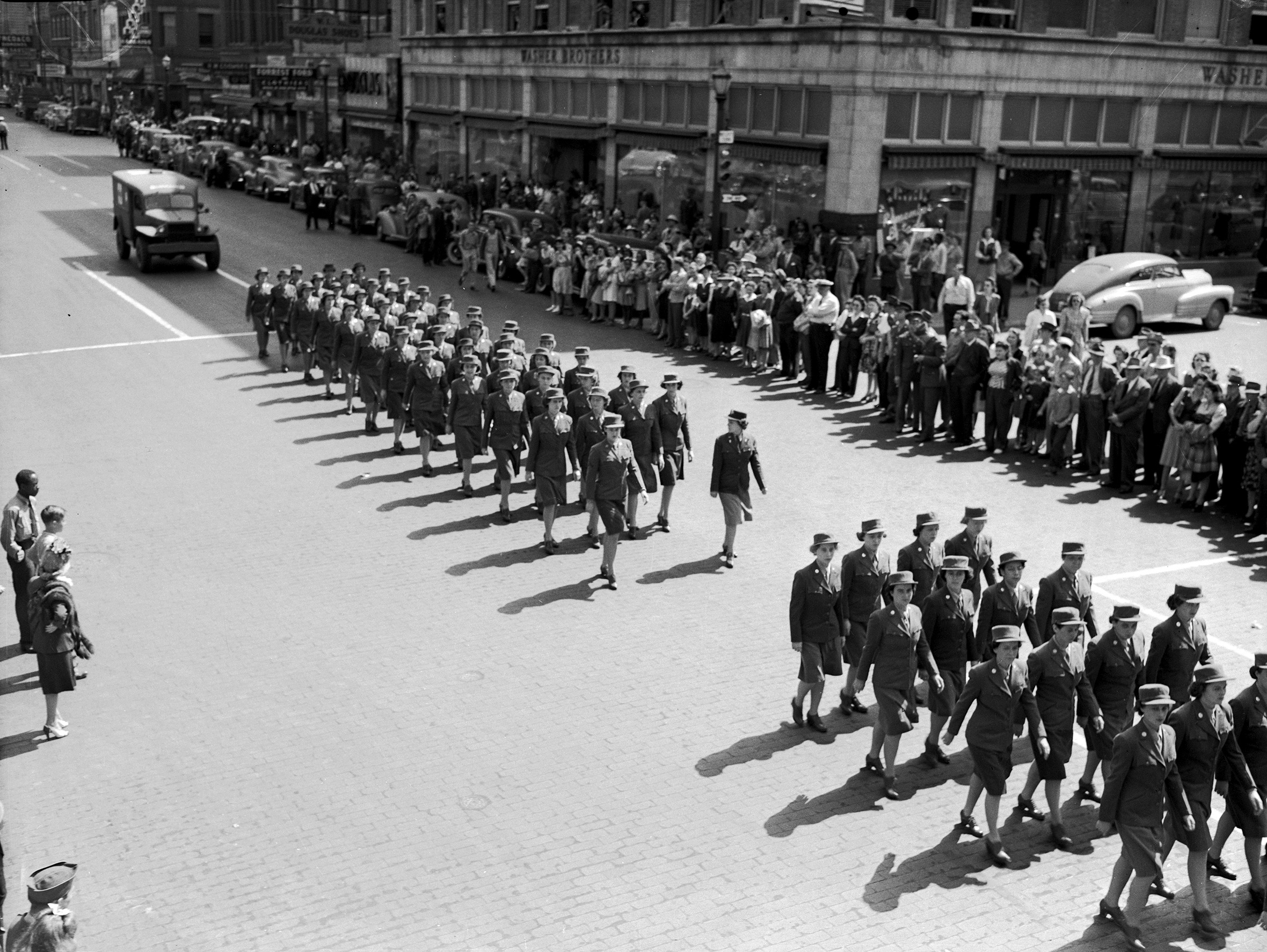
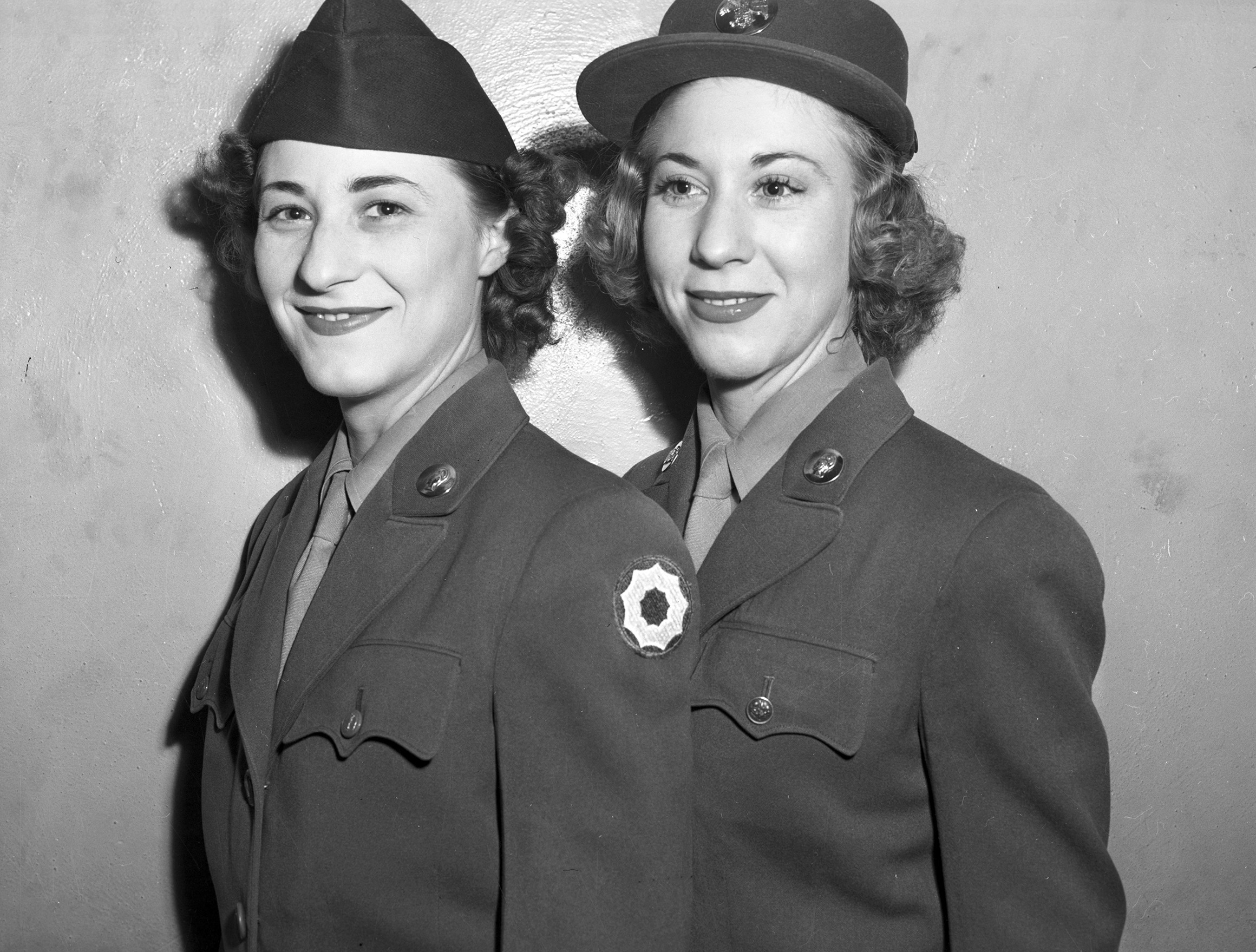


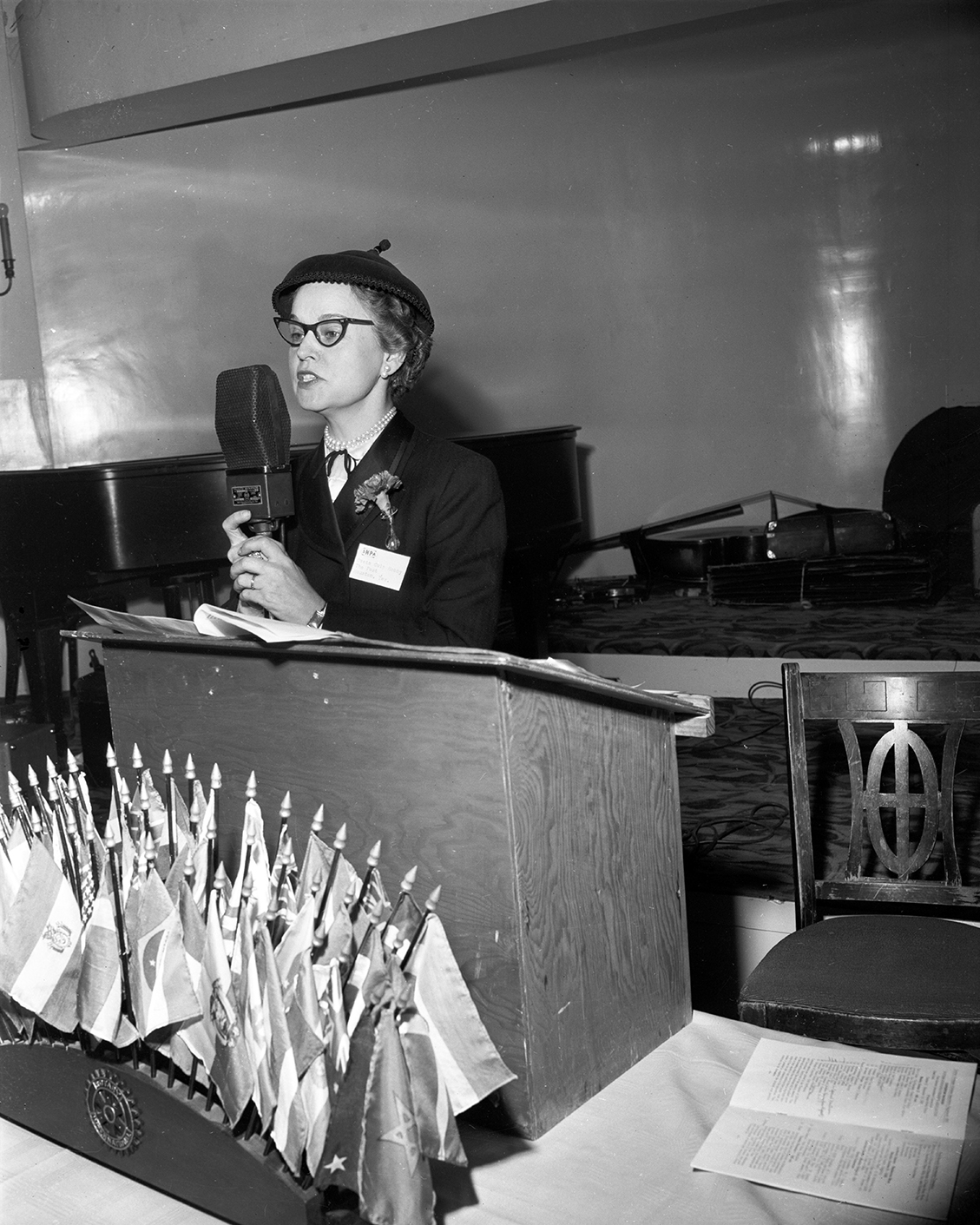
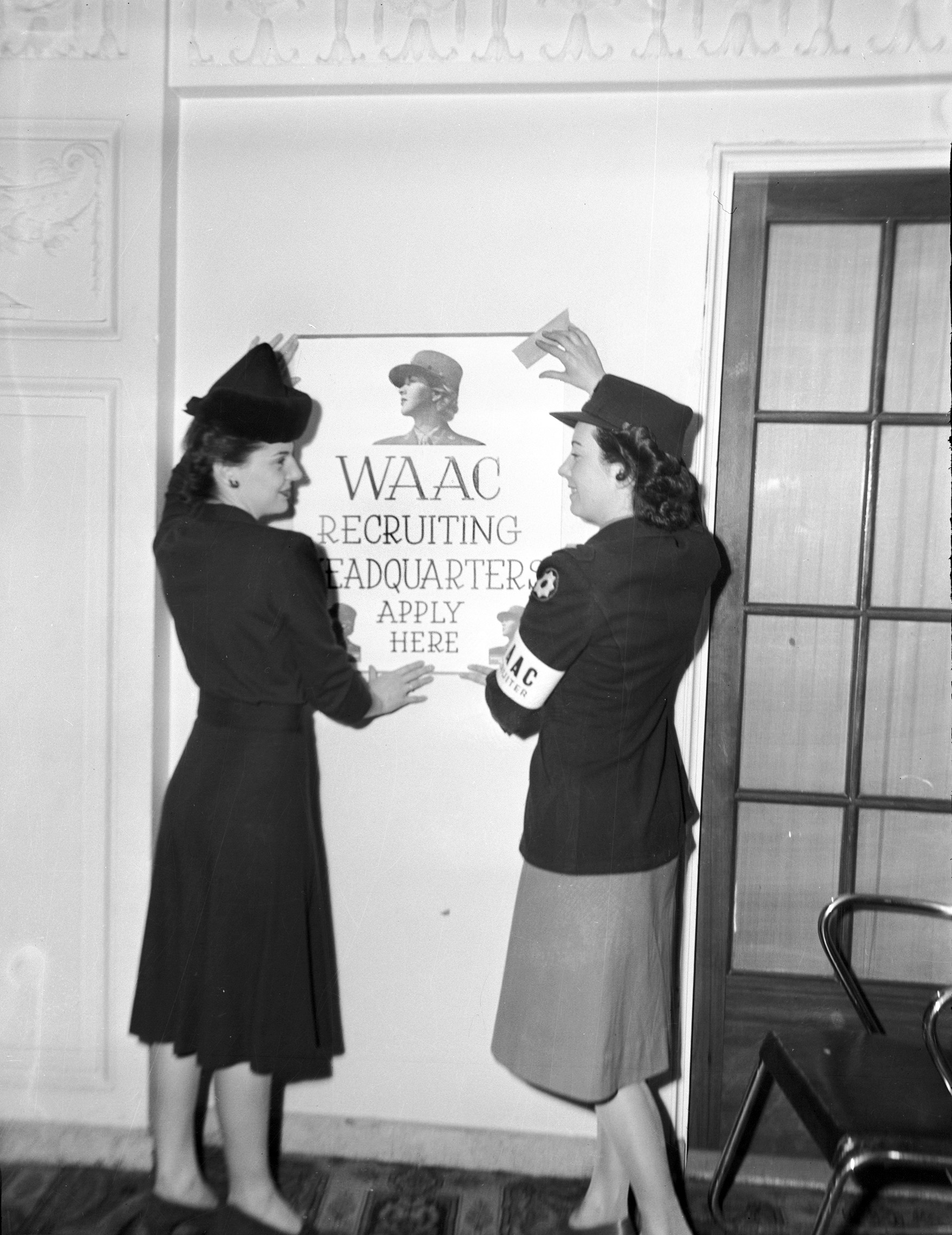
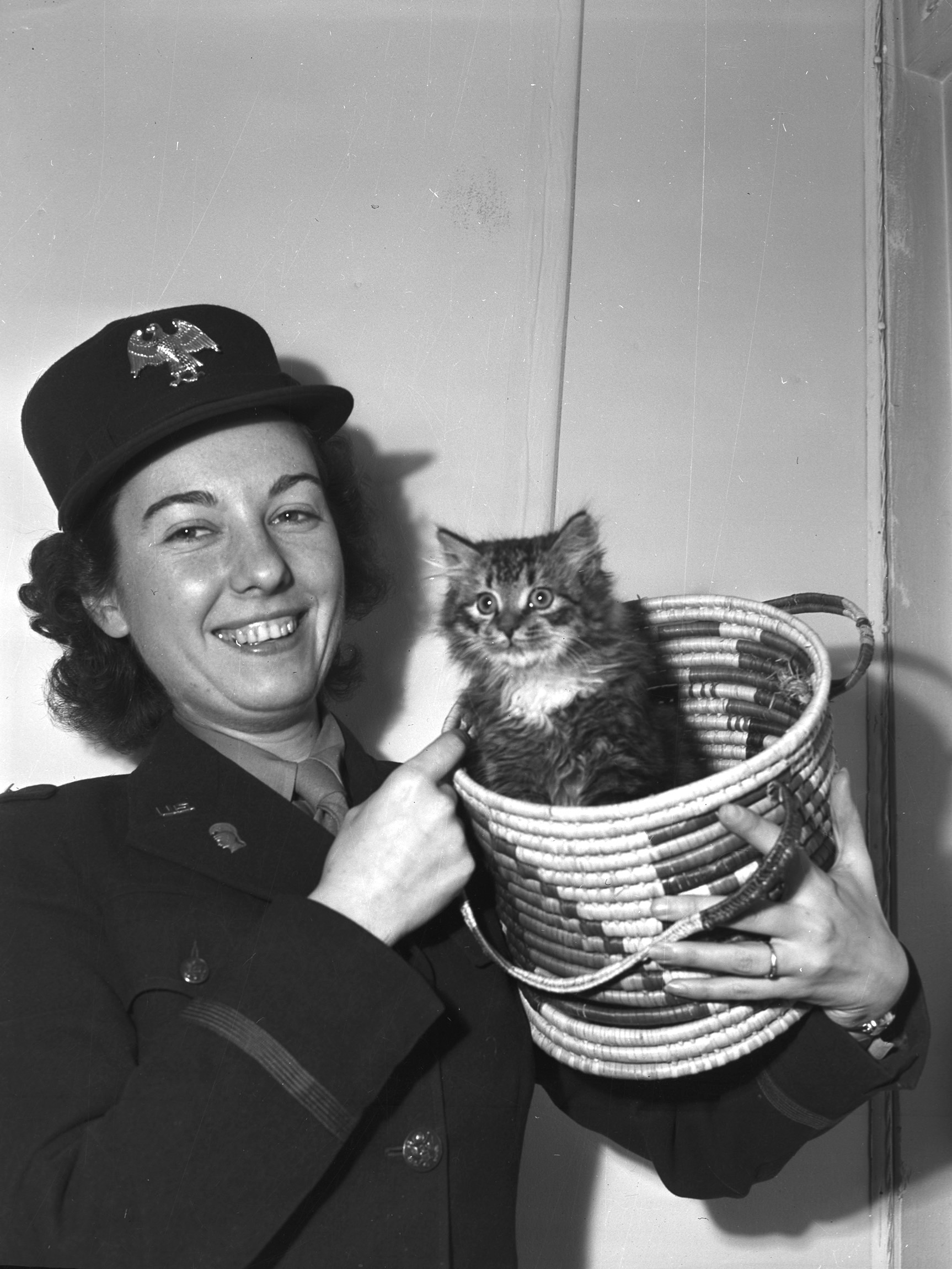

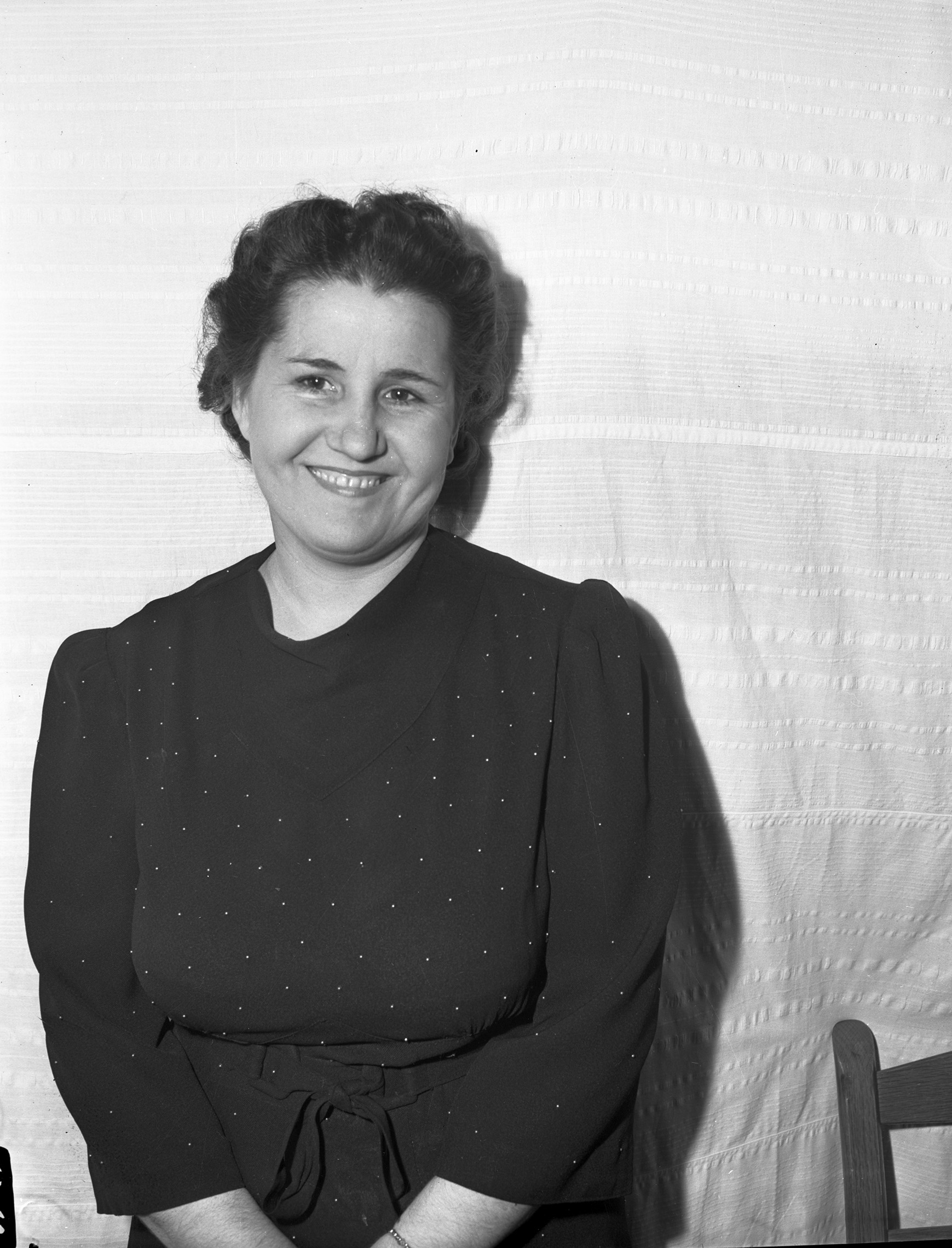
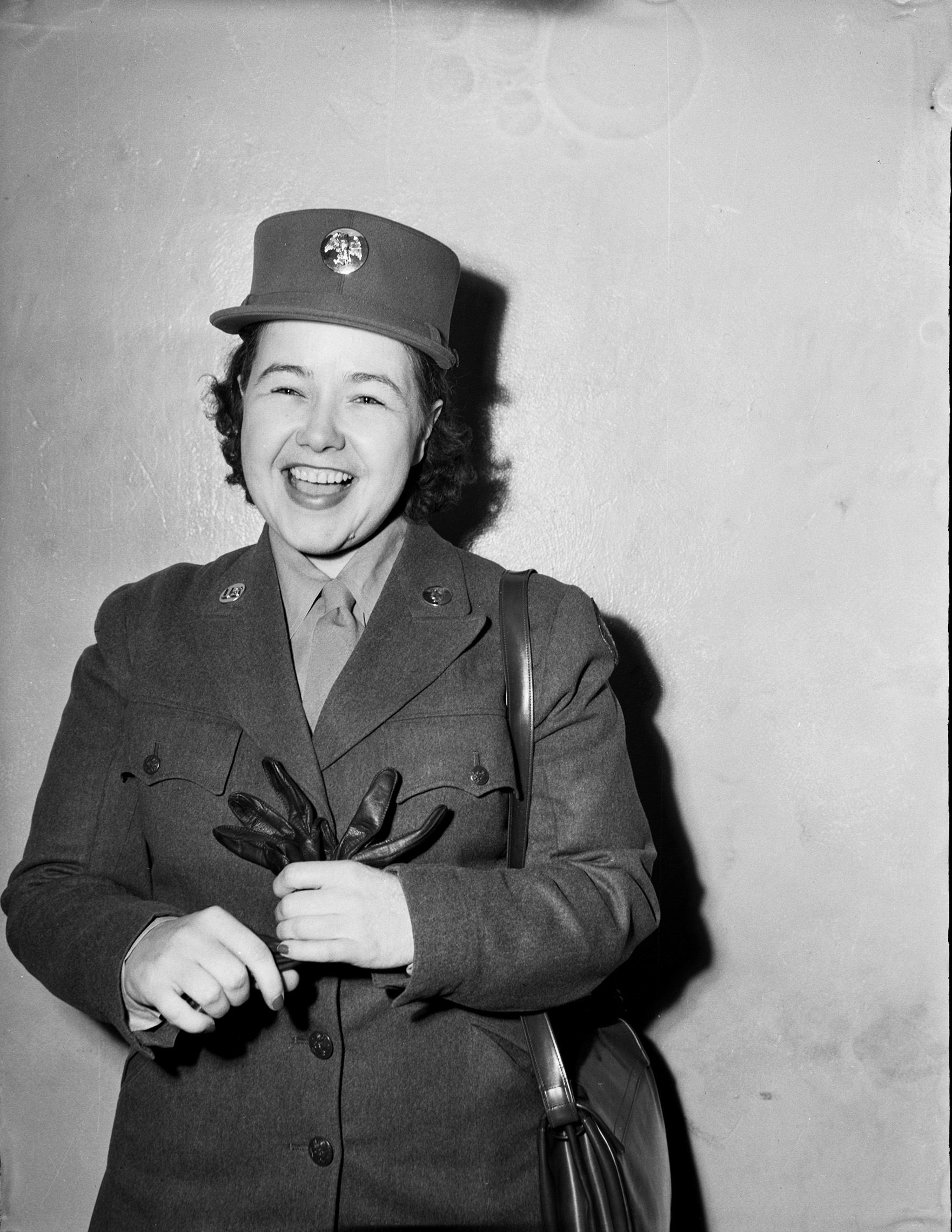
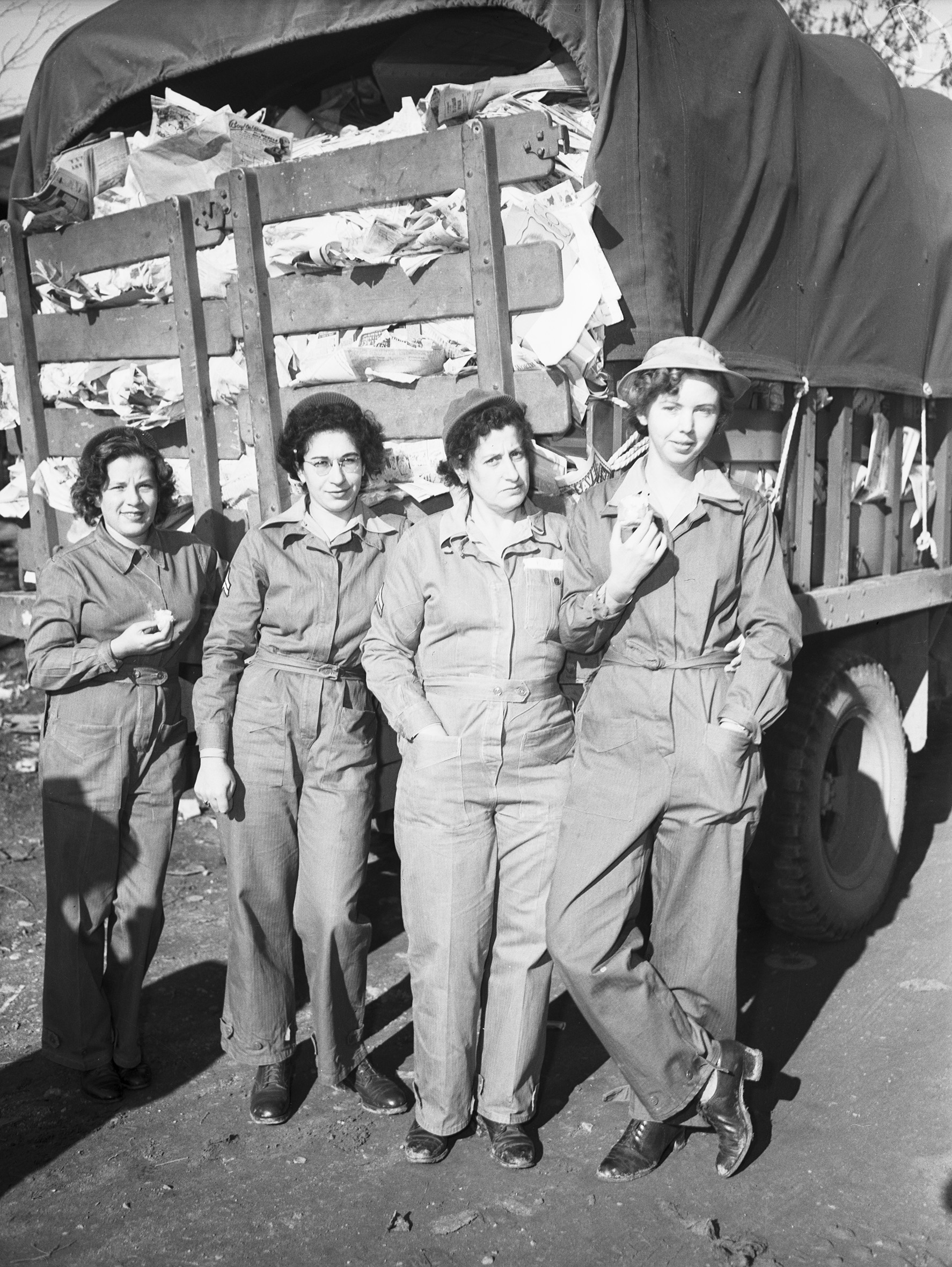
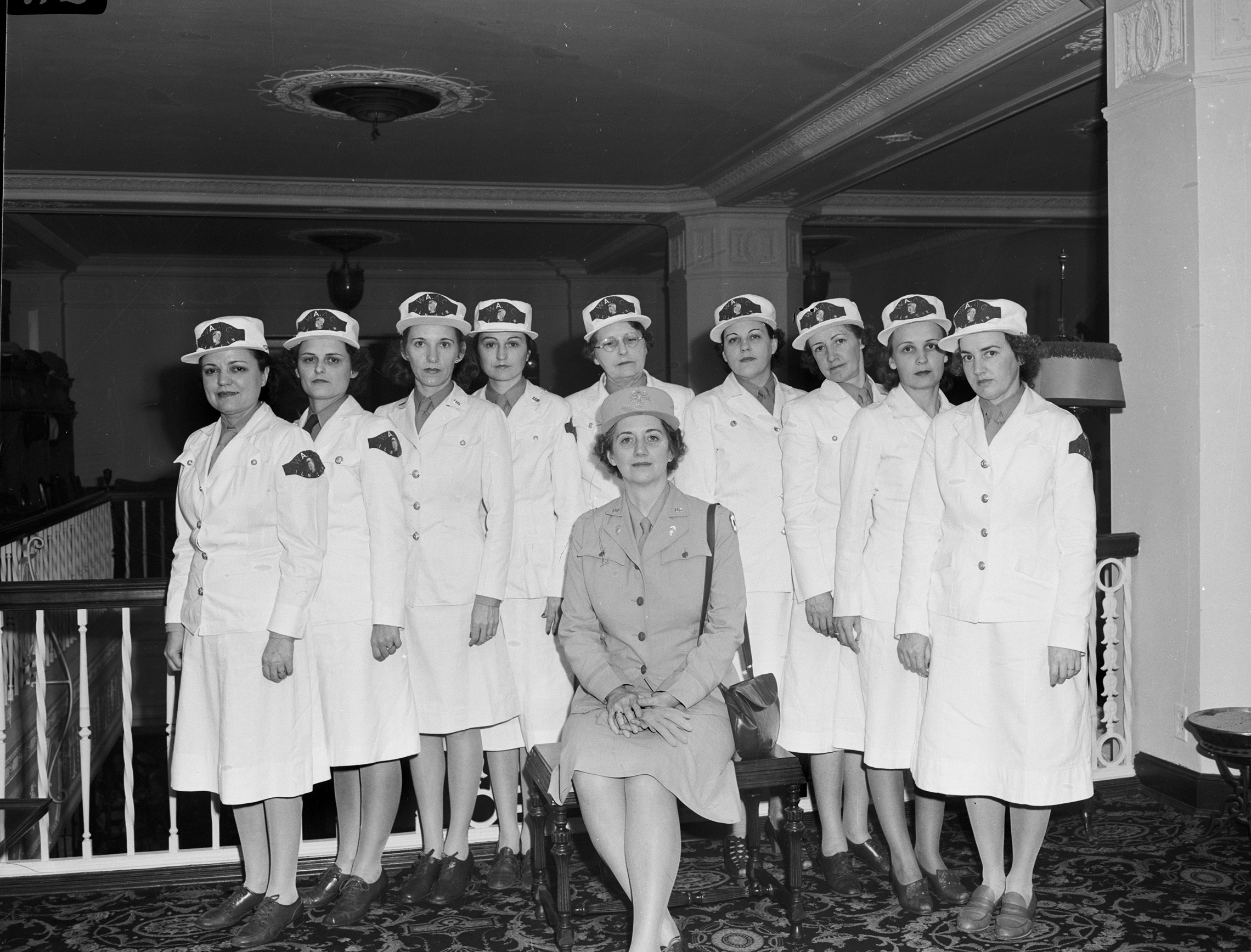
Add new comment